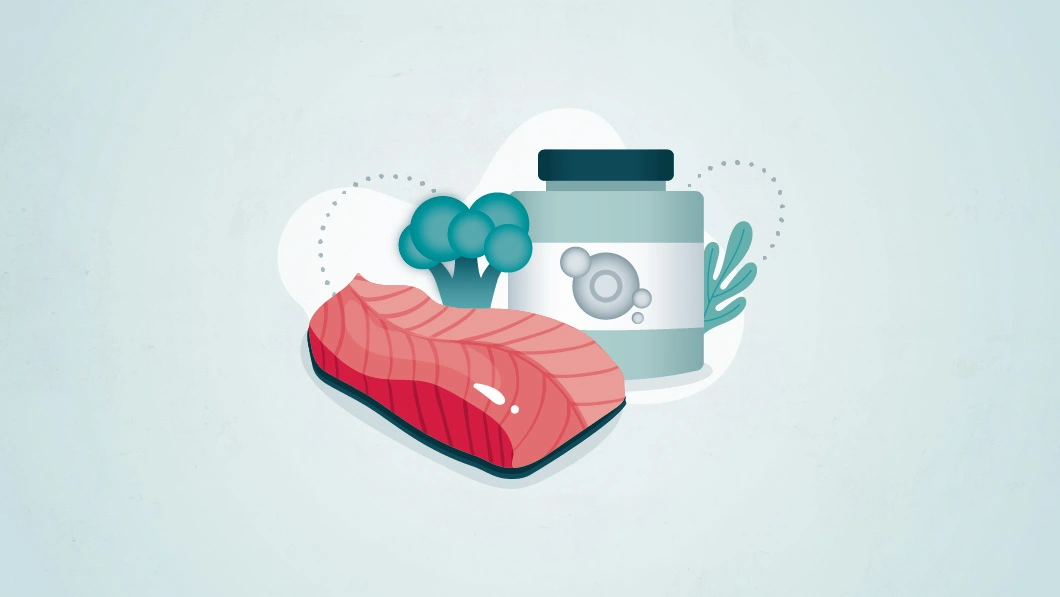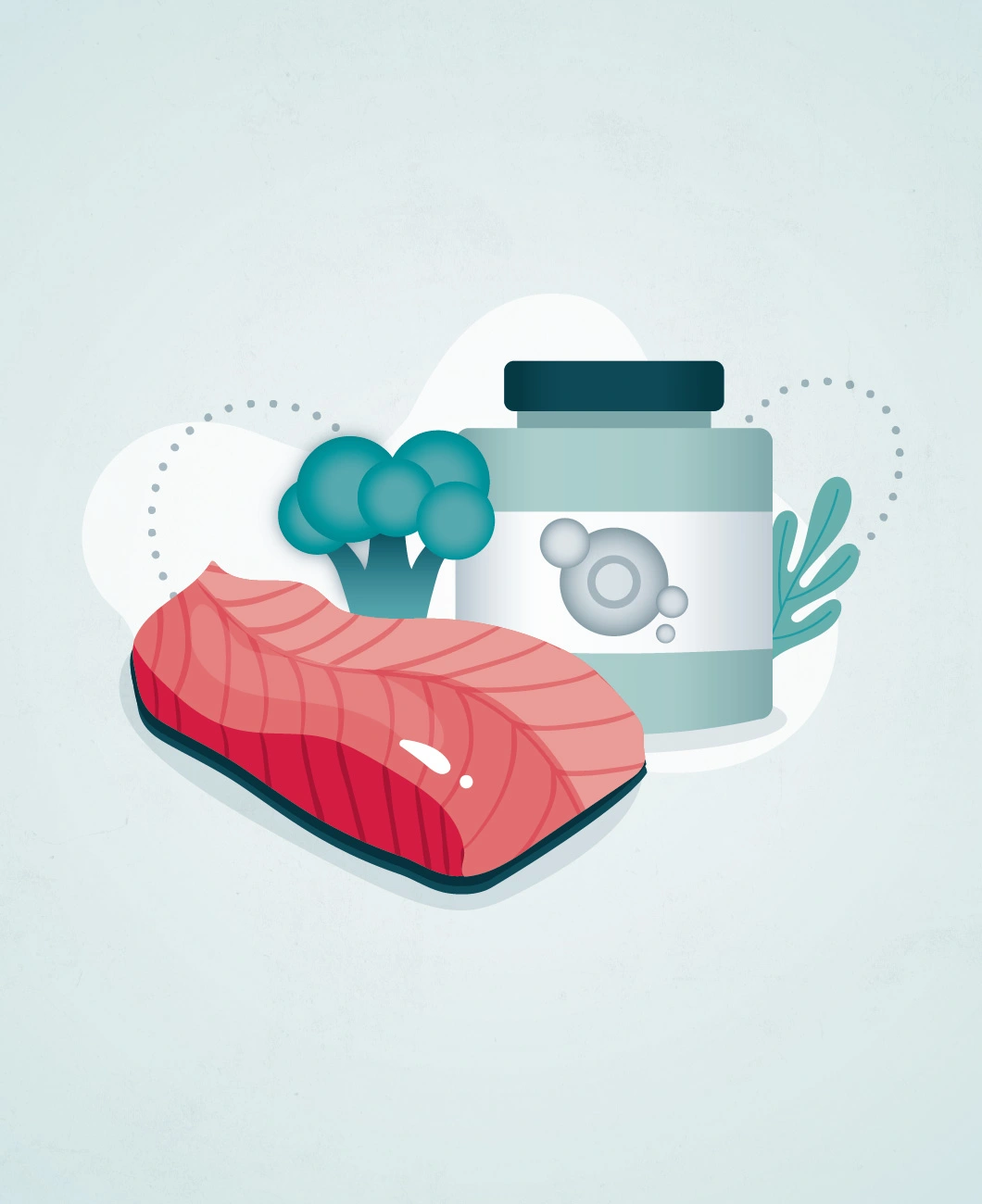Omega-3, Benefits and Food Sources
Polyunsaturated fatty acids are essential nutrients that cannot be synthesized by the body and must therefore be supplied through food to ensure an adequate intake.
In this group of fatty acids, Omega-3 and Omega-6 are included. Omega-3 fatty acid exists in three different forms, being alpha-linolenic acid (ALA), eicosapentaenoic acid (EPA) and Docosahexaenoic acid (DHA), present in both plant and animal products, being EPA and DHA important components of the cell membranes of muscles and brain.
The conversion process of these two fatty acids has a competitive basis between them, since the same enzyme is used in this process, which may cause interference in their metabolism and consequently lead to functional implications. An excess of Omega-6 reduces the metabolism of Omega-3 and may cause a deficit of the latter in the body, regardless of its presence in the diet. The most adequate ratio of Omega-6 and Omega-3 is estimated to be 2:1 or 3:1. Sometimes, this ratio is inadequate, not because of excessive consumption of Omega-6 food sources, but because of a lack of consumption of Omega-3 rich foods.
Besides this factor, there are other conditioning factors that can influence the metabolisation of fatty acids, such as the levels of trans fatty acids, cholesterol levels, Diabetes Mellitus, viral infections, tobacco, alcohol and/or drug consumption, stress, ageing and air pollution.
The Omega-3 fatty acid is associated with several benefits for the human body and its functioning. Among these benefits, we can associate:
– Cardiovascular health -> decreases the risk of appearance of arrhythmias and thrombosis;
delays the formation of atherosclerotic plaque; reduces triglyceride levels; lowers blood pressure; reduces the inflammatory response.
– Neurological health -> reduces the risk of neurological alterations and brain function, minimising cognitive decline, learning difficulties, among others.
In sports, Omega-3 Fatty Acids have been shown to be effective against loss of muscle function and inflammation following muscle damage induced by physical exercise. However, this benefit is only guaranteed when Omega-3 levels are not excessive. Should this situation occur, there may be increased difficulty in responding to infections, poor healing and alterations in coagulation.
The main food sources of Omega-3 are:
– Fish, such as salmon, tuna, mackerel, herring, sea bream, blue jack mackerel, conger eel, sardine, eel.
– Fish oils: cod liver oil;
– Shellfish: crab and shrimp;
– Seaweed;
– Vegetal oils: canola oil, flax, linseed, walnuts;
– Dark green vegetables: spinach, purslane, watercress, leek, cabbage, Brussels sprouts, broccoli;
– Oilseeds: walnuts, linseeds and chia seeds;
– Omega-3 enriched foods: eggs.
When in the diet, the levels of Omega-3 are not reached, as it happens with vegetarians, it may make sense to use supplementation. Even so, its introduction requires a proper analysis of eating habits to ensure that consumption (through food and supplementation) is not excessive.
Nutritionist, Jacinta Mendes
3341N
Stop using paper in your Gym! ![]()
Innovate your Reservations method! ![]()
Optimise your Team's productivity! ![]()
Simplify Nutrition Monitoring! ![]()
Increase Retention Rate! ![]()


![]() Stop using paper in your Gym!
Stop using paper in your Gym!
![]() Innovate your Reservations method!
Innovate your Reservations method!
![]() Optimise your Team's productivity!
Optimise your Team's productivity!
![]() Simplify Nutrition Monitoring!
Simplify Nutrition Monitoring!
![]() Increase Retention Rate!
Increase Retention Rate!

![]() Stop using paper in your Gym!
Stop using paper in your Gym!
![]() Innovate your Reservations method!
Innovate your Reservations method!
![]() Optimise your Team's productivity!
Optimise your Team's productivity!
![]() Simplify Nutrition Monitoring!
Simplify Nutrition Monitoring!
![]() Increase Retention Rate!
Increase Retention Rate!


